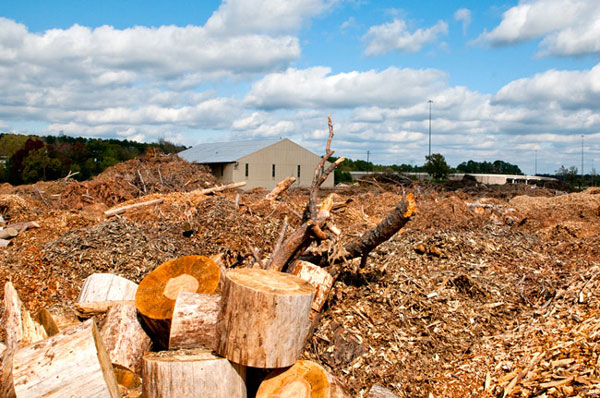Producing chemicals and biofuels from wood biomass
Aalto University Finland has proposed a method to use bacteria to produce butanol suitable for biofuels and other industrial chemicals from wood biomass.
Butanol is very suitable for use as transport fuel because it is insoluble in water and has a higher energy content than ethanol.
So far, to produce butanol, the most commonly used raw materials are starch and sugar. But, in the study of Aalto University, scientists only use lignoxene cellulose, also called wood biomass.
Another breakthrough in research is the successful incorporation of new pulp with biotechnology. Finland's advanced forestry sector offers particularly favorable opportunities for developing this type of biological treatment.

Wood biomass is made up of three main substances, cellulose, hemicellulose and lignin. In particular, cellulose and hemicellulose can be used as a nutrient source for bacteria in biological treatment.
Together with cellulose, the Kraft process currently applied in the pulverizing process produces a black liquid that has been used as an energy source. However, this liquid is not suitable for bacteria.
In the study, the pulping process was changed so that in addition to cellulose, other sugars remained intact and could be used as raw materials for bacteria.
When the wood biomass is boiled in a mixture of water, alcohol and sulfur dioxide, all components of the wood are cellulose, hemicellulose and lignin which are broken down into small parts. Cellulose is flaked to produce paper, nanocarbon or other products, while hemoglobin is an effective raw material for chemical-producing bacteria. Therefore, the benefit of the new process is that no components of the wood sugar are removed.
Under EU regulations, by 2020, all fuels must contain 10% of biofuels. The benefit of butanol is that a large percentage (more than 20% butanol) can be added to the fuel without having to change the existing internal combustion engines.
Nitrogen emissions and carbon from a fuel mixture containing more than 20% butanol are much lower than fossil fuels. For example, burning up all the ethanol in an engine produces volatile compounds that increase the smell of the environment.
Research results are published in scientific journals such as Bioresource Technology . New technology has been granted patents.
- The cost of producing advanced biofuels is equivalent to ethanol extracted from grain.
- Creating artificial wood can resist water and fire, producing faster than growing plants
- Biofuels increase greenhouse gas emissions
- Alternative energy from marine algae
- Successfully producing the cheapest biofuels in the world
- Japan has the technology to produce cheap fuel from straw
- 6 best biofuel types
- Detecting sawdust, wood, wood chips ... can help bond concrete more strongly
- Production of biofuels thanks to microwaves
- Liquid clean fuels reduce fossil energy dependence
- Forests are at risk because of disposable chopsticks
- Producing biofuel from dry straw and trees
 Why do potatoes have eyes?
Why do potatoes have eyes? 'Tragedy' the world's largest carnivorous life: Death becomes ... public toilet
'Tragedy' the world's largest carnivorous life: Death becomes ... public toilet Tomatoes were once considered 'poisonous' for 200 years
Tomatoes were once considered 'poisonous' for 200 years Detecting microscopic parasites on human face
Detecting microscopic parasites on human face